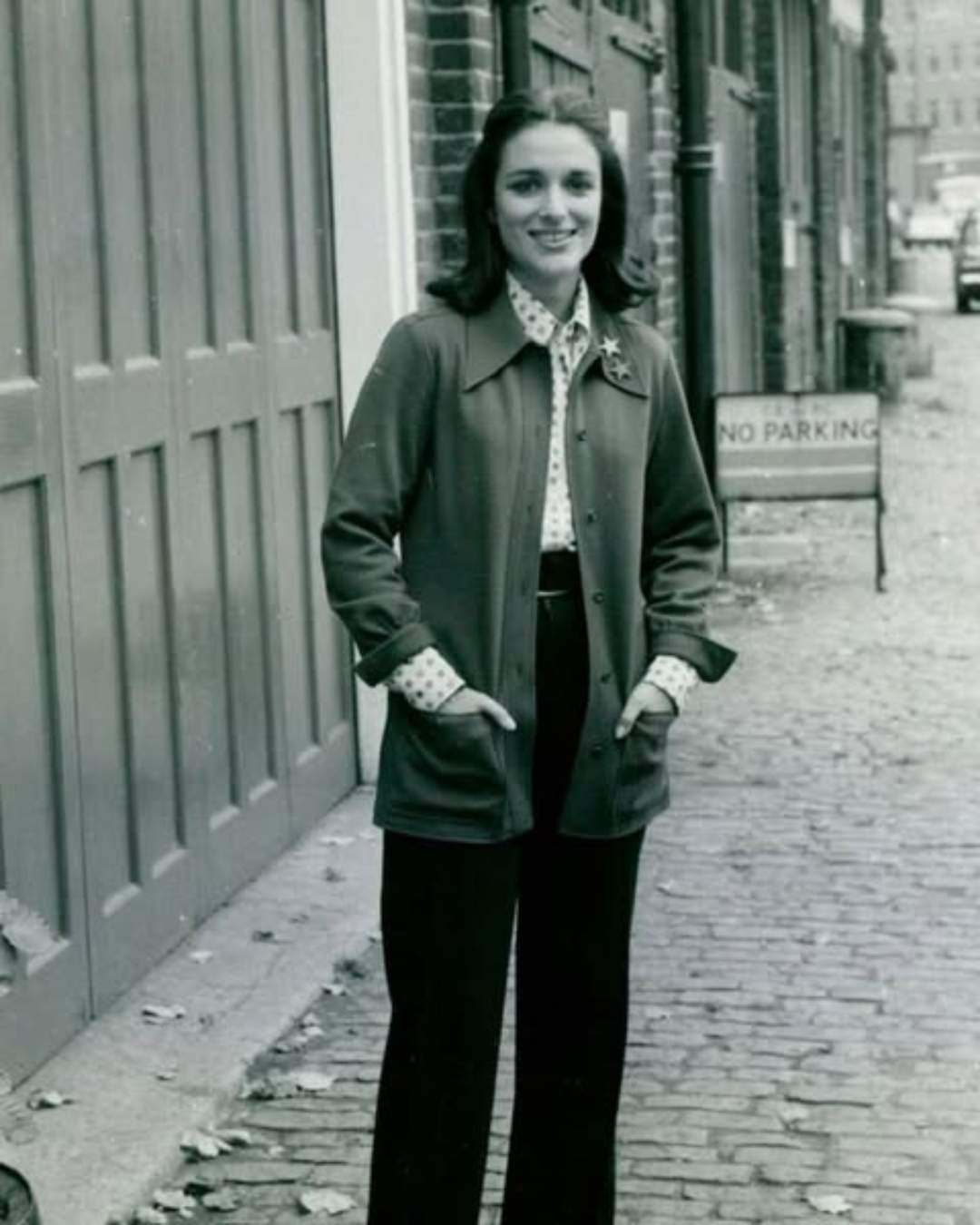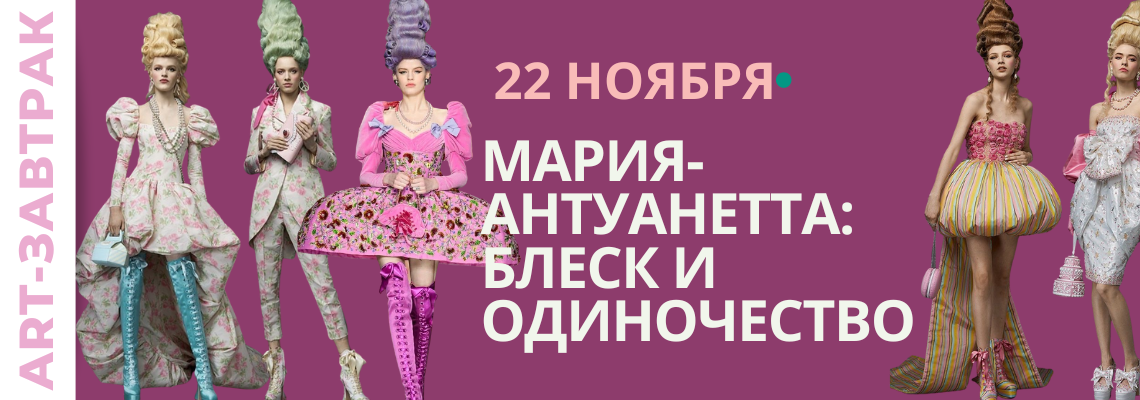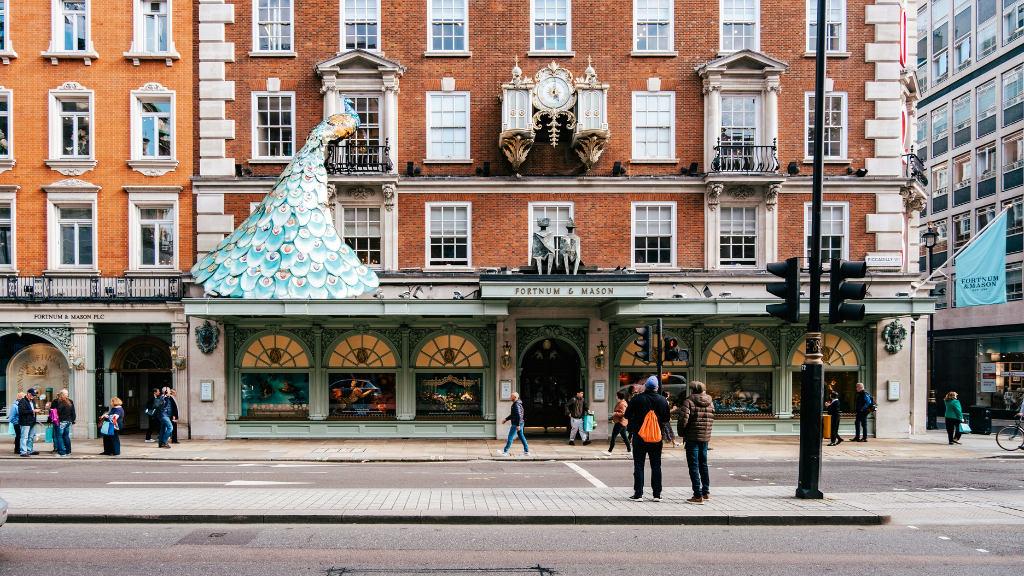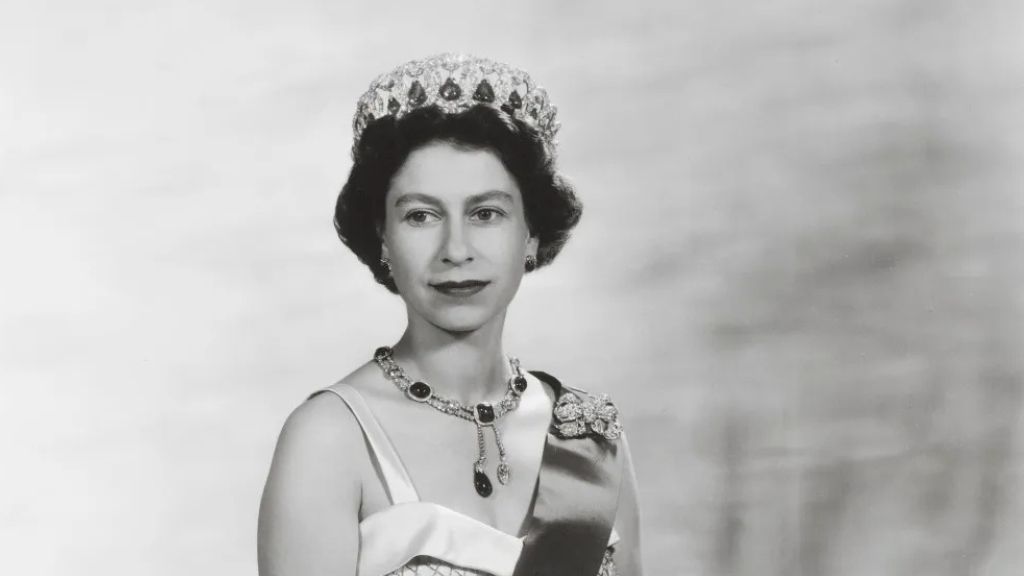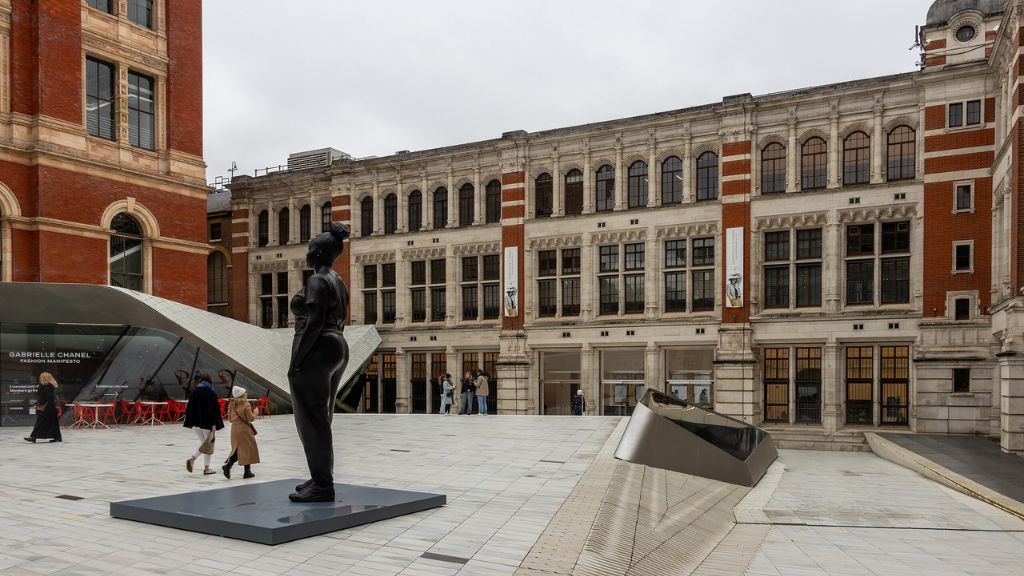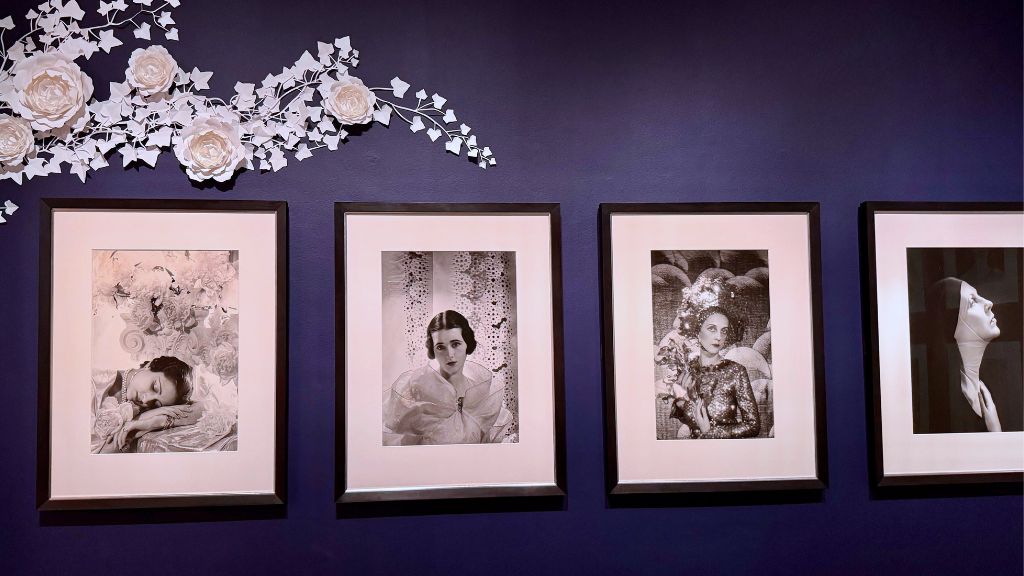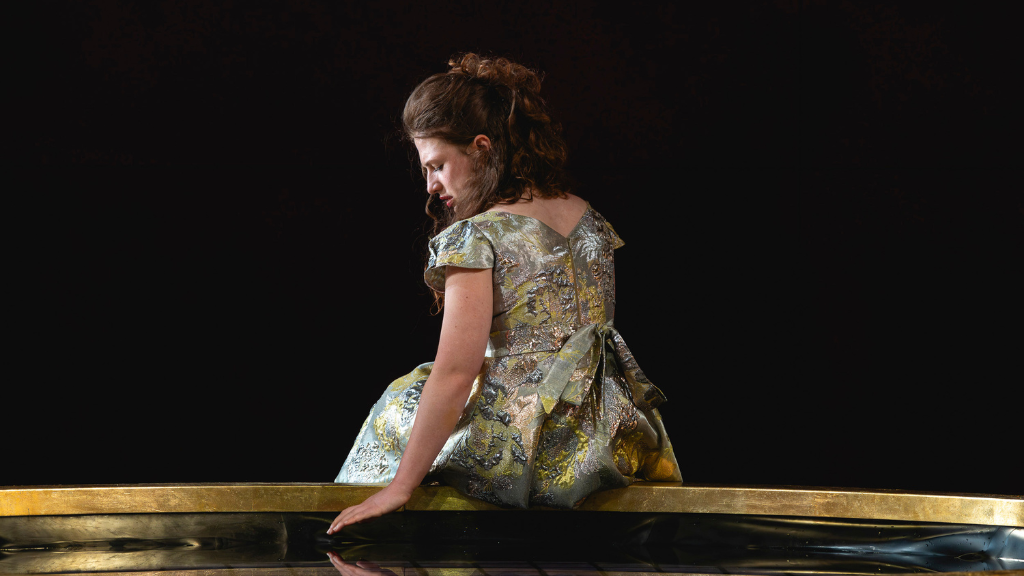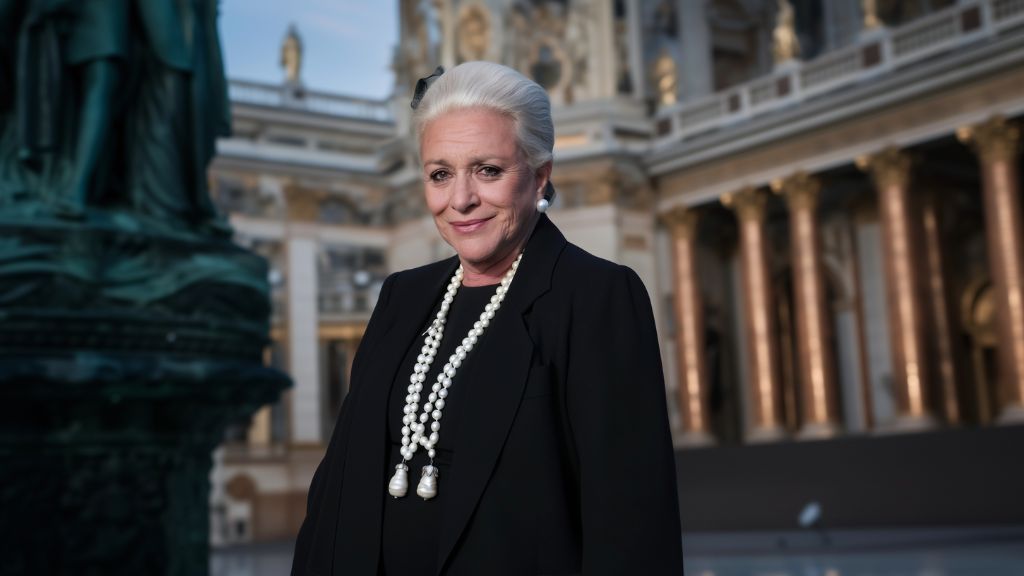
The last Stroganov: how Hélène de Ludinghausen revived a lost Russian legacy
She was known as the last Stroganov. With the passing of Hélène de Ludinghausen, the story of one of Russia’s most powerful and influential families came to a quiet close. Once wealthier than the tsar himself, the Stroganovs were industrialists, landowners and statesmen who helped shape the Russian Empire. Afisha.London tells the remarkable story of Hélène Andreevna – as she was called in Russia – a woman of extraordinary charisma who brought the Stroganov legacy back to life.
A new chapter for the Stroganovs in Europe
Even those only casually familiar with Russian history will have heard of the Stroganovs. This dynasty of barons and counts played an outsized role in the country’s development. They financed Yermak’s conquest of Siberia, paving the way for Russia’s expansion into vast, uncharted territories. They founded over a dozen mining plants in the Urals, and funded the construction of Kazan Cathedral – now a defining landmark of St Petersburg. And, of course, the world knows their name from the dish Beef Stroganoff, invented by French chef André Dupont in the service of Count Alexander Stroganov in the 19th century.
The male line of the Stroganovs ended in 1923 with the death of Count Sergei Alexandrovich in Nice. But one descendant remained – Hélène de Ludinghausen. Her story is as improbable as it is fascinating.
Read also: Felix Yusupov and Princess Irina of Russia: love, riches and emigration
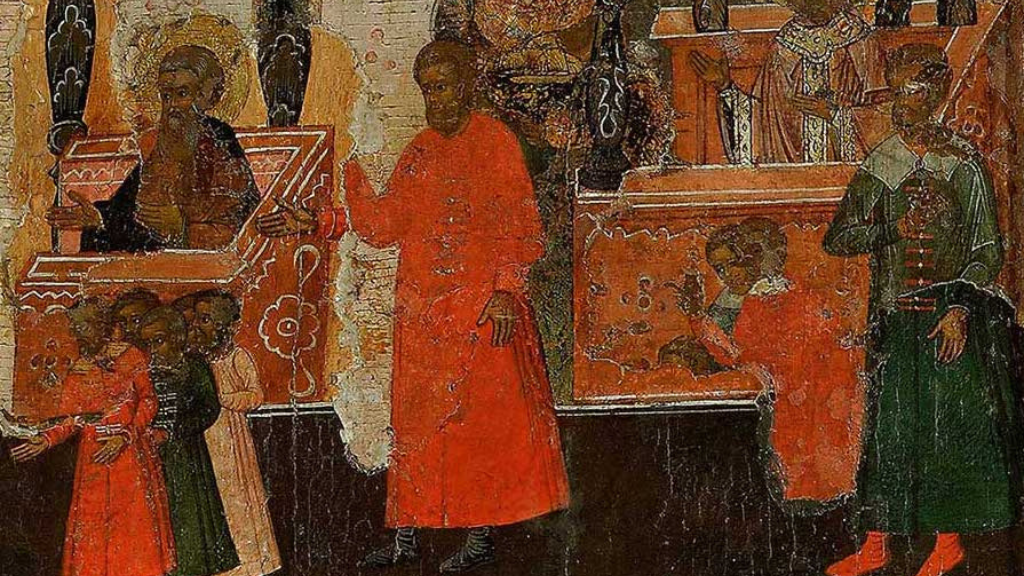
The Stroganov family on the icon ‘Like Cherubim’. Nikita Grigorievich Stroganov is depicted on the right with his hand on his chest, Semyon Anikeevich stands in the middle. Photo: Школа или худ. центр: Сольвычегодск, Public domain, via Wikimedia Commons
Hélène was born on 20 August 1942 in Paris. Her mother, Xenia, was a Stroganov by birth and had grown up before the revolution in the legendary Stroganov Palace on Nevsky Prospekt in St Petersburg – an architectural jewel built in 1753–54 by Bartolomeo Rastrelli. Since 1988, the palace has served as a branch of the State Russian Museum, housing treasures of national significance.
The Stroganovs, like so many Russian aristocrats after 1917, fled the country and resettled in Paris. Hélène’s grandmother, Olga Stroganova, had four daughters; only one – Xenia – would go on to have a child in exile. Hélène’s father was Andrei de Ludinghausen, a German who had become culturally Russian.
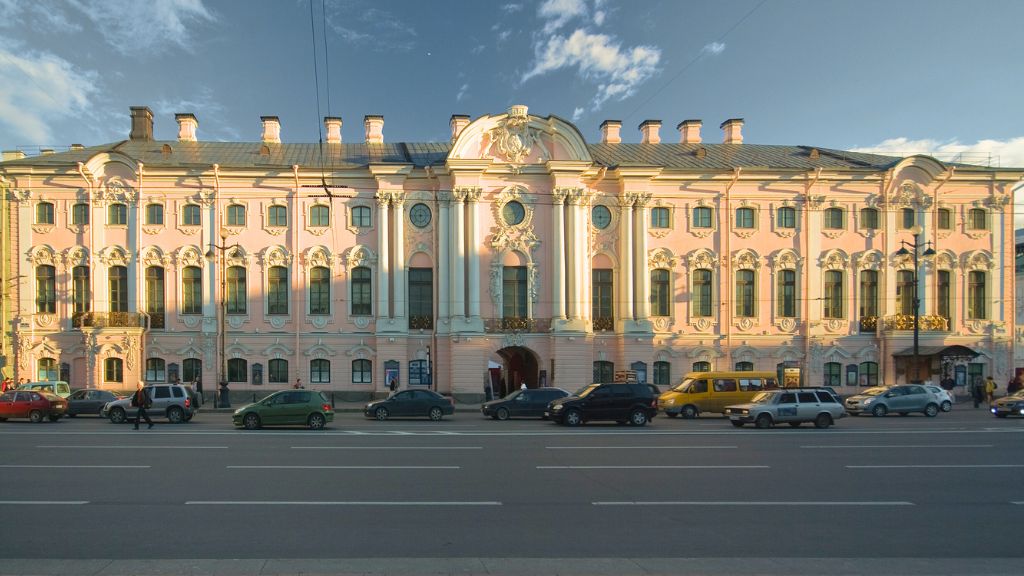
The Stroganov Palace in St. Petersburg, Russia. Photo: George Shuklin, CC BY-SA 1.0, via Wikimedia Commons
From early childhood, Hélène’s grandmother introduced her to Russian folklore, language, and traditions. Though she spoke Russian with a slight accent, she embraced it fully. At 23, her father lost everything and abandoned the family – a difficult blow that Xenia bore with grace. A striking woman, Xenia had worked as a model at Balenciaga into her forties, and it was through her that Hélène entered the world of high fashion and its influential networks.
Despite earning a degree from a Swiss university and speaking five languages, Hélène – then 27 – worked the counter at a luxury boutique, where she felt entirely at home. It was there that she caught the eye of none other than Yves Saint Laurent.
Russian culture in the house of Yves Saint Laurent
By the late 1960s, Yves Saint Laurent reigned supreme in the world of haute couture. His muse and long-time collaborator, Catherine Deneuve, had just starred in two cult films – Belle de Jour and Mississippi Mermaid – wearing his creations. Enchanted by the heat and sensuality of Africa, the couturier was championing the safari look and popularising the women’s trouser suit, all while building a reputation as fashion’s most rebellious genius. In the early 1970s, influenced by his fascination with China, he launched the perfume Opium and famously posed nude for the male version’s advertisement.
Read also: Leo Tolstoy in London: shaping the british literary landscape
- Hélène de Ludinghausen, late 60s. Photo: Instagram @helenedeludinghausen
- Hélène in 1972. Photo: Instagram @helenedeludinghausen
It was at the height of this fame that Hélène first encountered him. Saint Laurent walked into the boutique where she was working and was instantly struck by her husky voice and captivating laughter. So taken was he that he offered her a senior role in his company on the spot.
Hélène’s voice was indeed memorable – rich, persuasive, magnetic. Over the next thirty years, she ran Yves Saint Laurent’s Paris salon with elegance and authority. Her natural diplomacy, coupled with longstanding ties to Europe’s noble families, would later help her bring influential sponsors to Russia – funds that would be directed to restoring Kazan Cathedral, the Stroganov Palace, and other ancestral sites. But that would come later. For now, the charismatic young woman became the youngest-ever director of the fashion house, a move that caused an immediate stir. At just 28, she assumed a position usually reserved for women twice her age – and the fashion press took notice.
Her collaboration with Saint Laurent was both professional and inspired. He continued to innovate, while she offered a steady hand at the helm. In 1976, Saint Laurent unveiled his prêt-à-porter collection Opéras – Ballets Russes, a lavish homage to imperial Russia and its ballet and opera traditions. It featured sumptuous fabrics and silhouettes reminiscent of aristocratic audiences at grand premieres – furs, chiffons, velvets, and gold lamé. The collection met a tepid response, falling out of step with the era’s taste for austerity, but Saint Laurent would later call it his most cherished work.
Read also: How Diaghilev’s “Saisons Russes” influenced the European art world of the 20th century
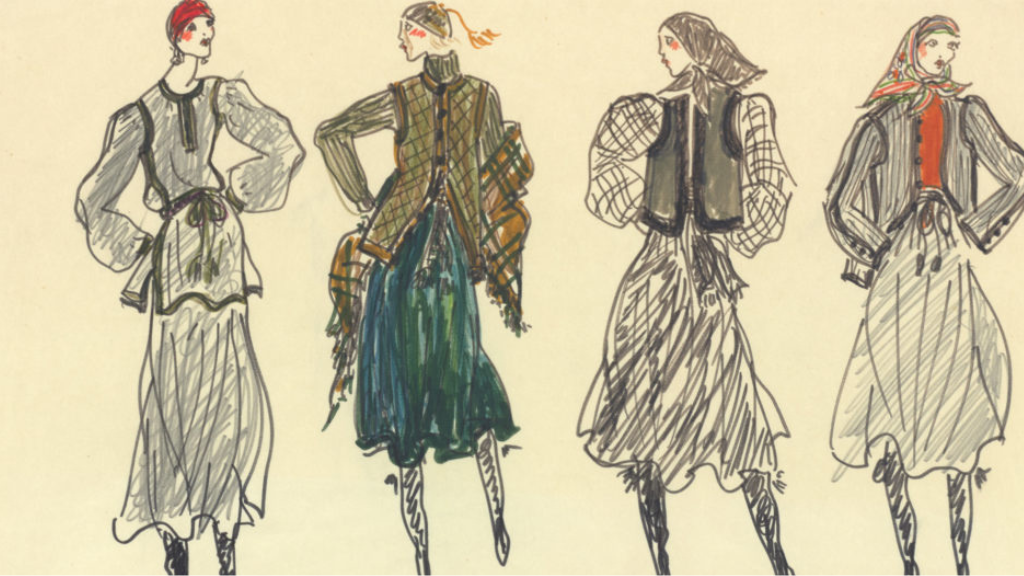
Opéra – Ballets russes Photo: © Yves Saint Laurent
His love of Russian culture ran deep. He was the first designer to cast Soviet models on Western runways and had even visited the USSR himself. In 1959, he arrived in Moscow with twelve mannequins and trunks full of couture, aiming to introduce Soviet women to French fashion. He later joked that his every move was shadowed by “beautiful women who were a little bit like prostitutes,” suspecting the KGB had assigned them without fully grasping his identity – or his orientation. But Saint Laurent, whatever his preferences, had a keen eye for female elegance. When asked at the Hermitage what made a woman beautiful, he replied: “The finest accessory a woman can wear is the man who loves her.” For Soviet women, who lacked access to Parisian fashion, the remark struck a chord – a reminder that style begins not with clothes, but with confidence.
For those who want to dive deeper into the world of Yves Saint Laurent, we recommend photo books dedicated to different periods and collections:
- Yves Saint Laurent: Icons of Fashion Design & Photography
- Yves Saint Laurent and Photography
- Yves Saint Laurent: The Scandal Collection, 1971
Reviving the Stroganov legacy in Russia
While Hélène’s career soared at Saint Laurent, her personal life was less fulfilling. She married for the first time in her forties, but repeated efforts to have children proved unsuccessful, and the marriage ended. After retiring, the baroness remained active in the fashion world, advising young designers and maintaining her social influence.
In 1985, Hélène and her mother visited the USSR on a tourist visa, hoping to see the Stroganov Palace. They were turned away – at the time, the building housed KGB offices. Disappointed, Hélène did not seek to return – until fate intervened. In the late 1980s, Natalia Metelitsa, director of the Museum of Theatre Arts in St Petersburg, broke through the Iron Curtain to organise an exhibition on Russian ballet in Paris. Hélène attended and quickly struck up a friendship with Natalia. The two women became inseparable.
It was Natalia who first suggested that Hélène use her network to raise funds for restoring the Stroganov heritage in Russia. Inspired, Hélène returned in 1991, but not to the palaces – instead, she travelled to the village of Volyshevo, home to the family’s rural estate. The decay she witnessed and the warm welcome from the local community moved her deeply. Determined to help, she considered buying and restoring the estate herself, but Russian law barred foreigners from owning land. Undeterred, she founded the International Stroganov Foundation in 1992, headquartered in the United States. Its mission: to restore historic Russian sites once connected to the Stroganovs.
Soon after, she returned to St Petersburg, this time accompanied by a delegation of wealthy, influential European friends. Their efforts were directed first at Kazan Cathedral, whose roots were tightly intertwined with the Stroganovs. Commissioned in 1811 by Andrei Voronikhin – a former serf of Count Stroganov – the cathedral was for decades a spiritual centre of the city. But in 1932, the Soviets turned it into a Museum of the History of Religion and Atheism, a wound for many believers. Hélène succeeded in lobbying for the museum to vacate the building so that religious services could resume. Restoration funds from her foundation helped revive the cathedral’s interior and icons. Today, it stands once again as St Petersburg’s principal place of worship.
Read also: British actress Helen Mirren and her Russian history
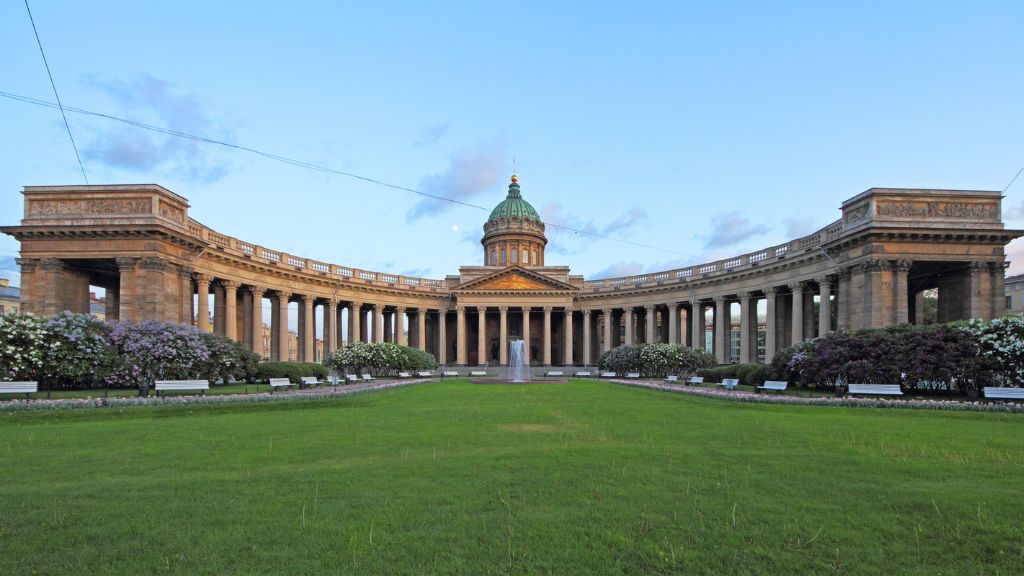
Kazan Cathedral, St. Petersburg, Russia. Photo: A.Savin, CC BY-SA 3.0, via Wikimedia Commons
The next step was rescuing the Stroganov Palace on Nevsky Prospekt. Time and moisture had not been kind to the grand structure, now home to a branch of the Russian Museum. One of the first purchases made was a private boiler system, which made it possible to maintain a stable temperature during the bitter winters and protect the artwork inside. The Stroganov Foundation also contributed to the restoration of Catherine Palace in Tsarskoye Selo and to family estates across the country. Hélène personally oversaw restoration work in Usolye, Solvychegodsk, Pyskory, and Nyrob. Locals called her by her full Russian name – Elena Andreevna – and greeted her with the words: “The lady has arrived.”
In 2018, her efforts were commemorated in the documentary The Stroganovs: Elena the Last (you can watch it on Youtube). On 20 April 2025, Hélène passed away at the age of 82, in a modest rented flat in Paris. She was laid to rest in the family crypt at Père Lachaise. For many, she will be remembered not only as the last of the Stroganovs, but as the woman who did for Russia what few of its own ever could.
Irina Lazio / Margarita Bagrova
Cover photo: Midjourney / Afisha.London
Read also:
Emigration of the Romanovs to Great Britain: the story of Grand Duchess Xenia
Swan Lake: Unusual Interpretations of the Timeless Classic
Amedeo Modigliani and Anna Akhmatova: the enigmatic nude romance
SUBSCRIBE
Receive our digest once a week with quality Russian events and articles




